Courtney Boen is an Assistant Professor in the Department of Sociology at the University of Pennsylvania. She joined IAPHS in 2017. Learn more about Courtney on her website and follow her on twitter: @CourtneyBoen
Tell us a little about yourself, where are you from, where did you go to graduate school, what makes you jump out of bed each morning?
After finishing my PhD in sociology at the University of North Carolina at Chapel Hill, I moved to Philly to begin a position as an Assistant Professor of Sociology at the University of Pennsylvania, where I am also a Research Associate in the Population Studies Center and the Population Aging Research Center. I’m originally from the Boston area and made my way back to sociology after working in public health policy for several years, primarily as a Policy Analyst for the City of Boston’s health department focused on developing policy solutions for reducing racial health disparities in the city. That experience continues to play a tremendous role in shaping my current research agenda, as I always think about whether and how my work can contribute to reducing population health inequities. My work continues to be motivated by my commitment to racial and social justice.
How do you define yourself as a population health professional?
I think of my work as attempting to apply insights from critical race theory and sociological theories of social stratification to the study of population health. I try to take a “structures to cells” approach in my research by examining how macro-level structural inequalities and systems—namely racism and capitalism—shape the everyday lived experiences of people across the life span in ways that affect individual health and pattern population health trends. I increasingly use measures of physiological stress response and biological aging to better understand how social inequalities “get under the skin” through stress-related processes to affect disease emergence and progression. A tremendous amount of my time and energy is spent thinking about the ways in which population health scientists can better measure and intervene on racism as a means to promoting health equity.
What disciplines do you engage with and are there disciplines that you would like to engage with?
I am a sociologist and demographer by training, and my work cross-cuts with social epidemiology in many ways. Increasingly, I’m trying to use methodological insights from economics—namely, the use of natural and quasi-experimental research designs—to improve causal inference. Given that much of my work utilizes markers of physiological well-being, I’m always trying to learn more about biology and physiology, particularly with regard to how biophysiological processes respond to chronic and repeated stressors.
Describe a current project/initiative that you are excited about.
I am working on a new collaborative project that uses Twitter data to understand how racism-related public events—namely, instances of police violence—affect the psychological and emotional well-being of individuals and contribute to racial health disparities. While population-based surveys are useful in all sorts of ways, one of my major frustrations has been the limited ways in which surveys attempt to measure racism and stress exposure. This new project has the potential to shed new light on the ways in which public events can be sources of vicarious racism that contribute to population health inequities. Understanding how to collect and use social media data has been a steep learning curve for me, but it also unlocks so many possibilities for understanding social processes and the real-time effects of social exposures on individuals.
Name a population health professional who you admire and why?
I can’t pick just one, so let’s do three! 1. Debra Umberson’s work takes theory seriously, and her recent research on how exposure to death contributes to racial health disparities is so thoughtful, heartbreaking, and provocative in the way it forces us to consider how race differences in life expectancy shape the lives and well-being of those who experience loss. 2. Abigail Sewell’s research has shaped how I think about racial disparities in criminal justice contact, broadly, and police surveillance and violence, specifically, as critical manifestations of structural racism for population health scientists to consider. 3. Bridget Goosby’s work has been transformative in how it applies insights from critical race theory and the life course perspective to the study of human biology and physiology and has provided new insights into how racism shapes population patterns of health, human development, and aging.
How did you hear about IAPHS?/Why did you decide to become a member of IAPHS?
Hedy Lee emailed me to urge me to learn more about IAPHS and consider becoming a member. As soon as I looked at the IAPHS website, I knew it would be a professional “home” for me. I have never felt constrained by disciplinary boundaries, and IAPHS is explicit in its commitment to interdisciplinary work.
Have you attended an IAPHS meeting? If so, what do you like most about these meeting?
Yes, I attended the 2018 meeting in DC. While all of the thematic sessions were wonderful, my favorite part of the meeting was the conversation that took place between sessions. It is so rare to have all of the people whose work you admire (and cite!) in one place.
What would you tell someone who is considering joining IAPHS?
What would you like to see IAPHS do in the future?
Continued professional development for graduate students, postdocs, and junior faculty on building a successful population health career. The challenges of doing interdisciplinary work are real and particularly consequential for junior folks (“Where do I publish?” “What meetings do I attend?”), so IAPHS can be useful there. I also think IAPHS is uniquely positioned to influence public policy, so more opportunities to engage (and train!) members in writing op-eds, advocating for change, and writing policy briefs would be great.
Is there anything we have missed that you would like to add?
The IAPHS leadership has done a tremendous job of getting the organization up and running over the past few years. I feel lucky to be a part of it. Bravo!
Favorite population health relevant book:
Roberts, Dorothy. 2011. Fatal invention: How science, politics, and big business re-create race in the twenty-first century. New Press.
Favorite population health relevant academic/news/etc. article(s):
- Gee, G. C., Walsemann, K. M., & Brondolo, E. 2012. “A life course perspective on how racism may be related to health inequities.” American Journal of Public Health 102(5): 967-974.
- Martin, Nina and Renee Montagne. December 7, 2017. “Nothing Protects Black Women From Dying in Pregnancy and Childbirth.” ProPublica.
- Turner, R. J. 2013. “Understanding health disparities: The relevance of the stress process model.” Society and Mental Health 3(3): 170-186.
Favorite movie, band, non-fiction, book, etc.:
Favorite non-fiction book: The Warmth of Other Suns: The Epic Story of America’s Great Migration by Isabel Wilkerson (I cried when it ended because I didn’t want to stop reading, it was THAT GOOD).
Some of my favorite musical artists: Sam Smith, Beyoncé, Bon Iver, Lana Del Rey, Miguel, Citizen Cope

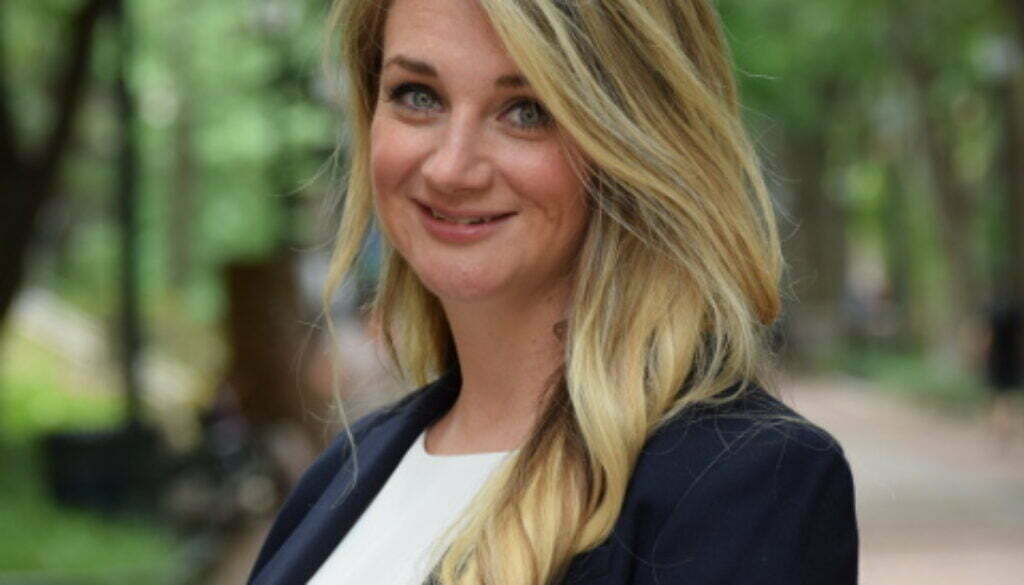
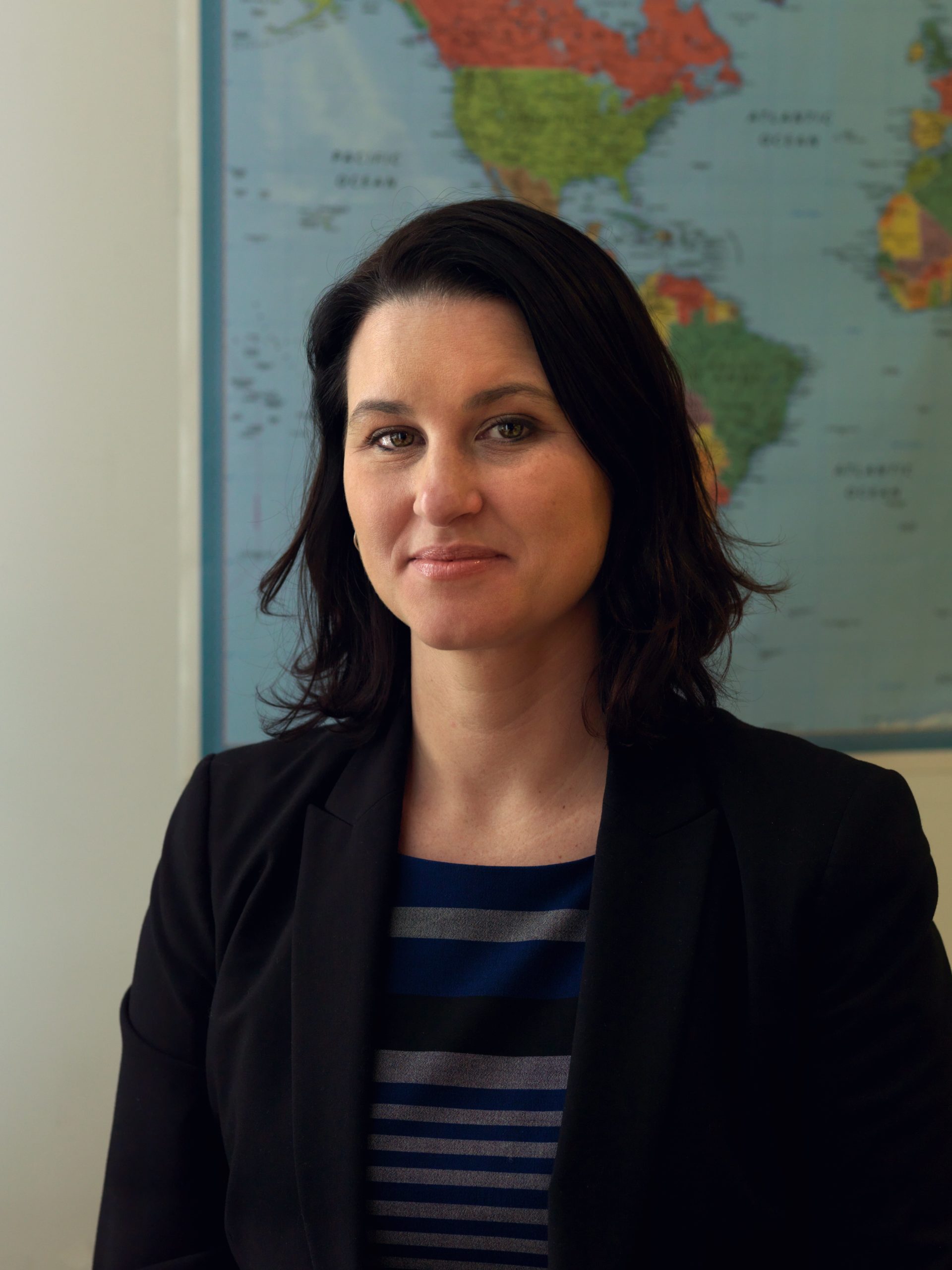
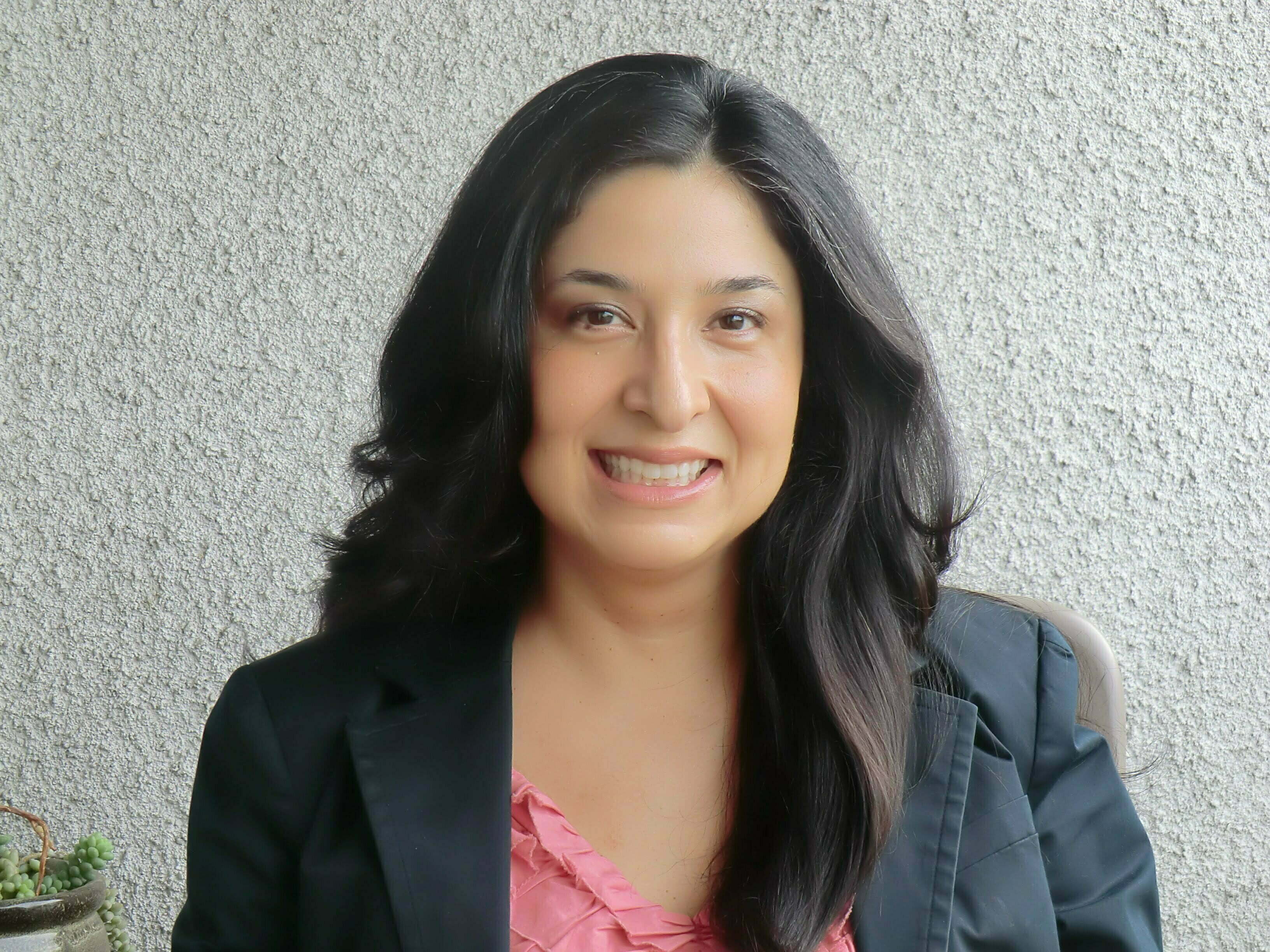

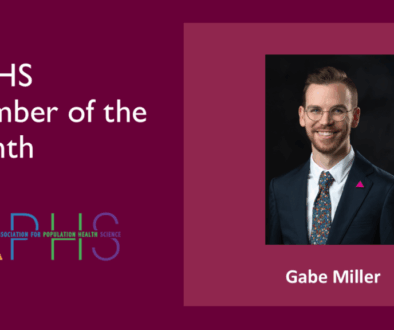
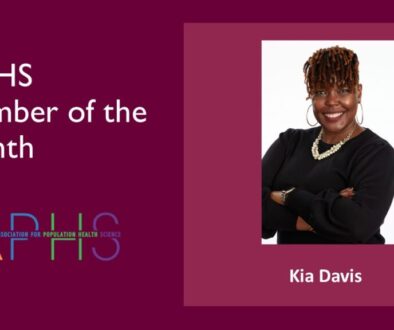

All comments will be reviewed and posted if substantive and of general interest to IAPHS readers.